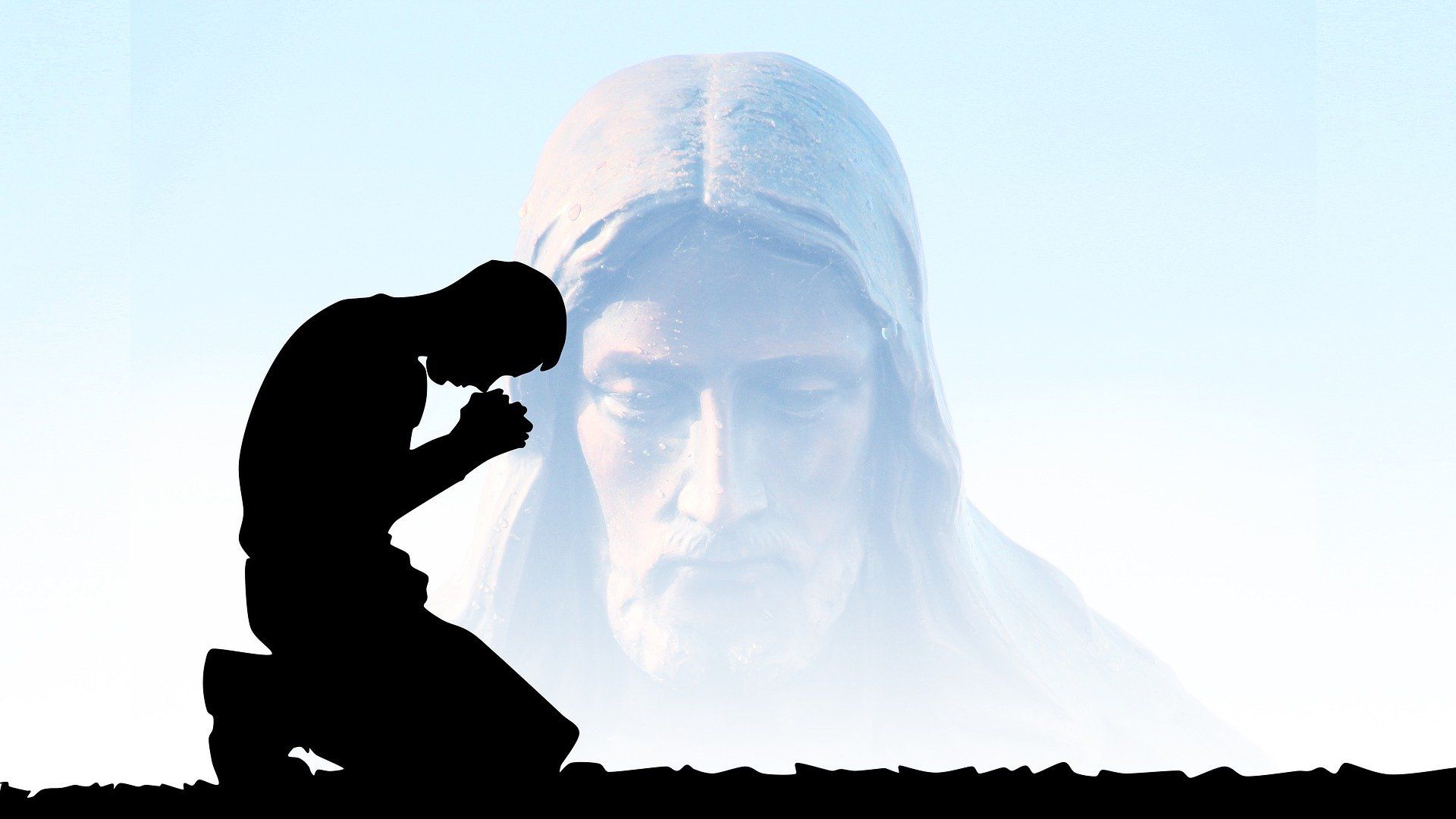Two Roles of Serving Leadership
Leadership for many is about top-down management–the leader at the top of the pyramid directing everyone at the bottom. The serving leadership model supports this perspective when it comes to giving direction but upends the pyramid for the second role of implementation. The first is a shepherding
role in which the leader provides purpose and direction, casting the vision and promoting the mission from the top down while also caring for the followers. People respond, deciding whether or not to commit to the vision and support the mission. In the
stewarding
role, the followers fulfill the mission, supported and empowered by a leader who serves them with resources and training.
The metaphor of a shepherd serves well in light of the Biblical context (see John 10:1-18). A shepherd provided guidance, leading sheep to grassy patches scattered throughout the desert. Laying down across the entrance of a rock enclosure at night, a shepherd also protected the sheep from wild animals and thieves. In the shepherding role, the leader walks out in front, giving direction and ensuring protection.
The metaphor of a steward works well for the second role. Ultimately, all serving leaders are stewards of their responsibilities, serving under someone or something higher than them. Leadership is not about them but rather about fulfilling their vision and mission connected to their calling. They enable, empower, and serve those who have chosen to join them in accomplishing that calling.
Serving leaders give their people the vision and direction they need to accomplish the mission of the Kingdom. Unlike those who ascribe to the traditional pyramid model, serving leaders serve and support people as they implement the mission, rather than having people serve them.
[My next post will describe the framework the
Reverb Network
uses for its model of serving leadership.]














